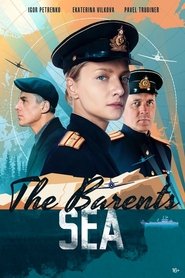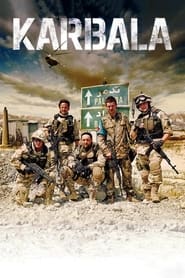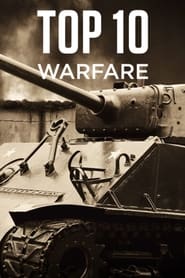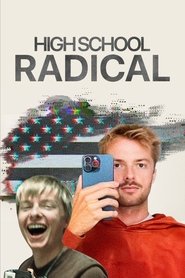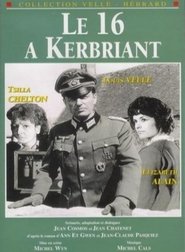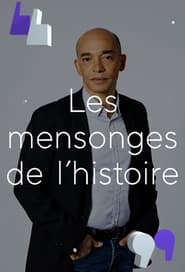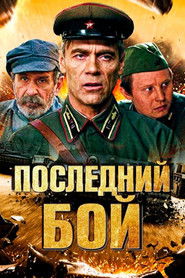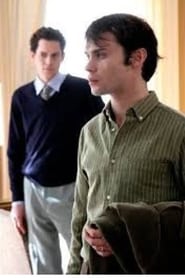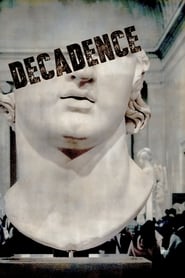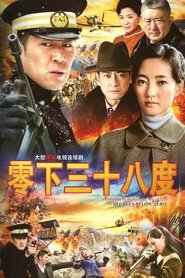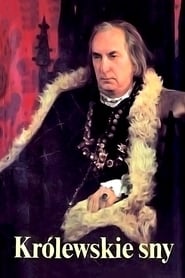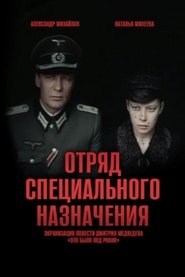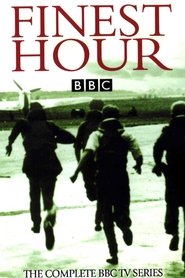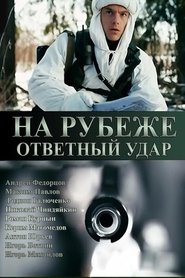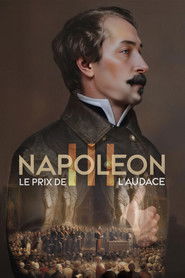War Politics TV Series - Page 107
-
The Barents Sea
2021
The Barents Sea
2021
Year 1944. According to information received from a recruited German agent, the Nazis are planning a major act of sabotage in one of the Arctic ports through which the Soviet Union is supplied with food, goods and material of vital importance from the Allies under the Lend-Lease programme. Heroes Yelena Soley and Sergey Saburov, from the "The Black Sea" series, will have to disrupt the enemy operation and save the port from impending disaster -
Karbala
2023
Karbala
2023
-
Top Tens of Warfare
2016
Top Tens of Warfare
2016
star 8Top Tens of Warfare tells the story of modern age warfare in ten episodes. Each episode is dedicated to the top ten of military inventions, vessels, battles, aircraft, weapons, secrets, tanks, fighting forces, commanders and leaders and shows how they all influenced and changed the way we lived. —Kalla -
High School Radical
2025
High School Radical
2025
-
Le 16 à Kerbriant
1972
Le 16 à Kerbriant
1972
-
Последний бой
2018
Последний бой
2018
-
L'École du pouvoir
2009
-
Decadence
2020
Decadence
2020
star 8A collection of thoughts about the notion of decadence regarding Western philosophy, faith, and culture. -
零下三十八度
2013
零下三十八度
2013
-
Kill List: Hunted by Putin's Spies
2025
In this immersive, gripping documentary, journalist Christo Grozev - famous for exposing Putin's murder machinery - discovers that he's under threat and goes on the run. -
Królewskie sny
1988
-
Cóndor Uno Cero Cinco
2023
A series inspired by real events that tells the story of "Operation Condor" which tells one of the first claims on Argentine sovereignty over the Malvinas Islands. The operation carried out by some young Argentines who diverted an Aerolíneas Argentinas plane bound for Río Gallegos and made it land in the Malvinas Islands. -
Jaro 45
2015
Jaro 45
2015
-
Legendary Cities
2014
Legendary Cities
2014
star 8Embark in a journey through some of the most beautiful cities in the world in this documentary series. Each episode features a new city and explores the many things that make it the legendary place it is today. -
Special Forces Squad
1987
-
Finest Hour
1999
Finest Hour
1999
Series tracing the events of 1940, when Britain faced alone the threat of invasion and defeat by Hitler's forces.
